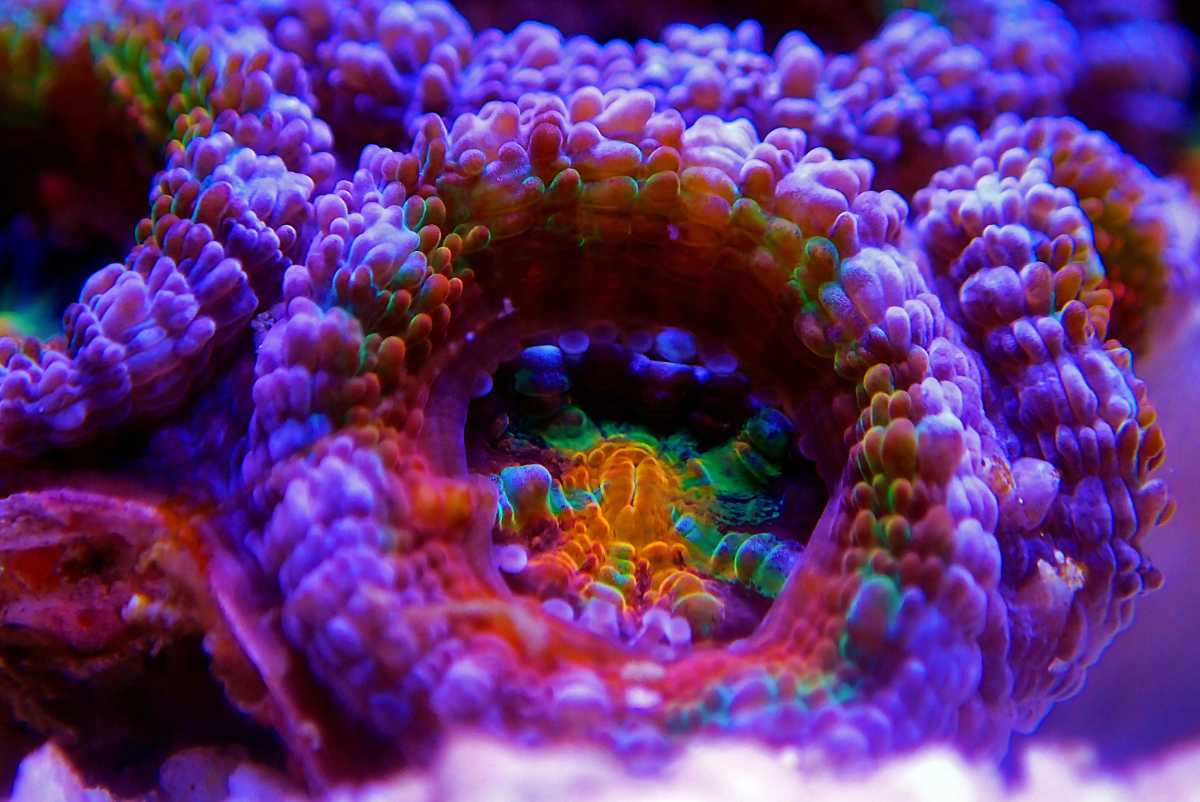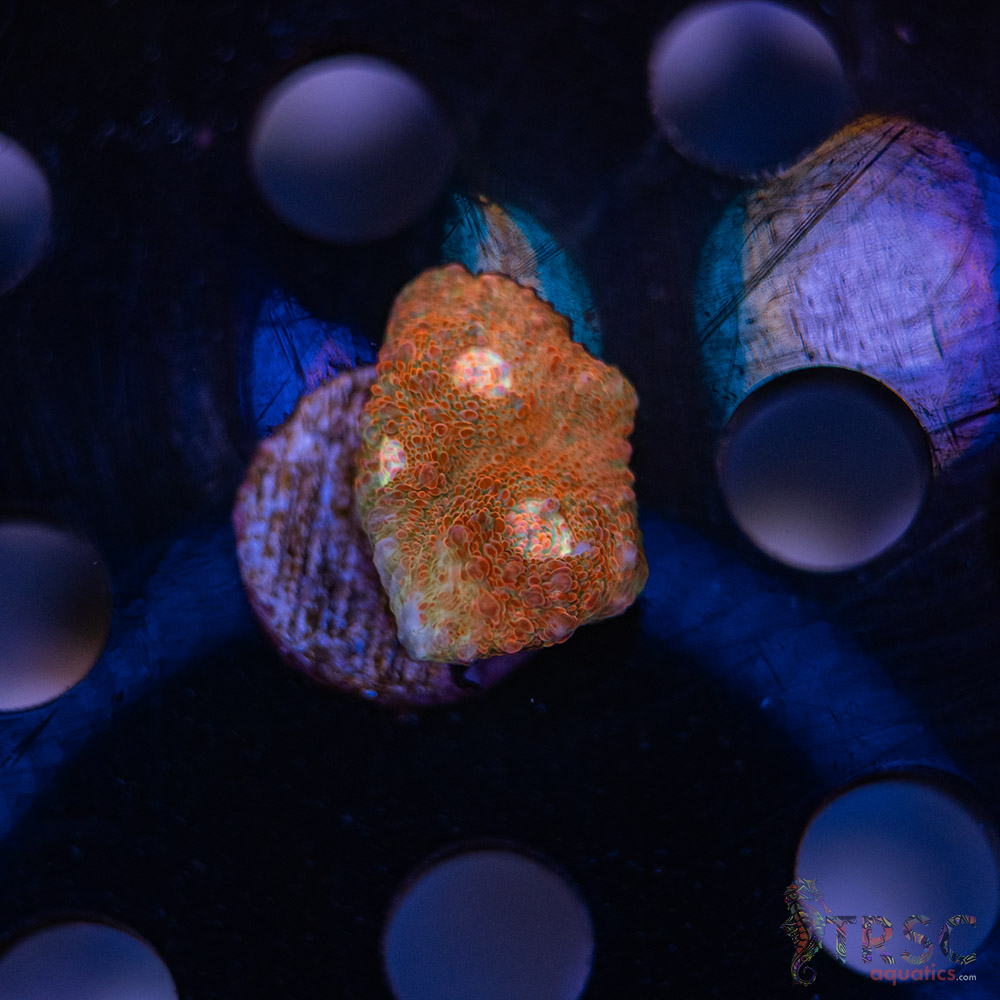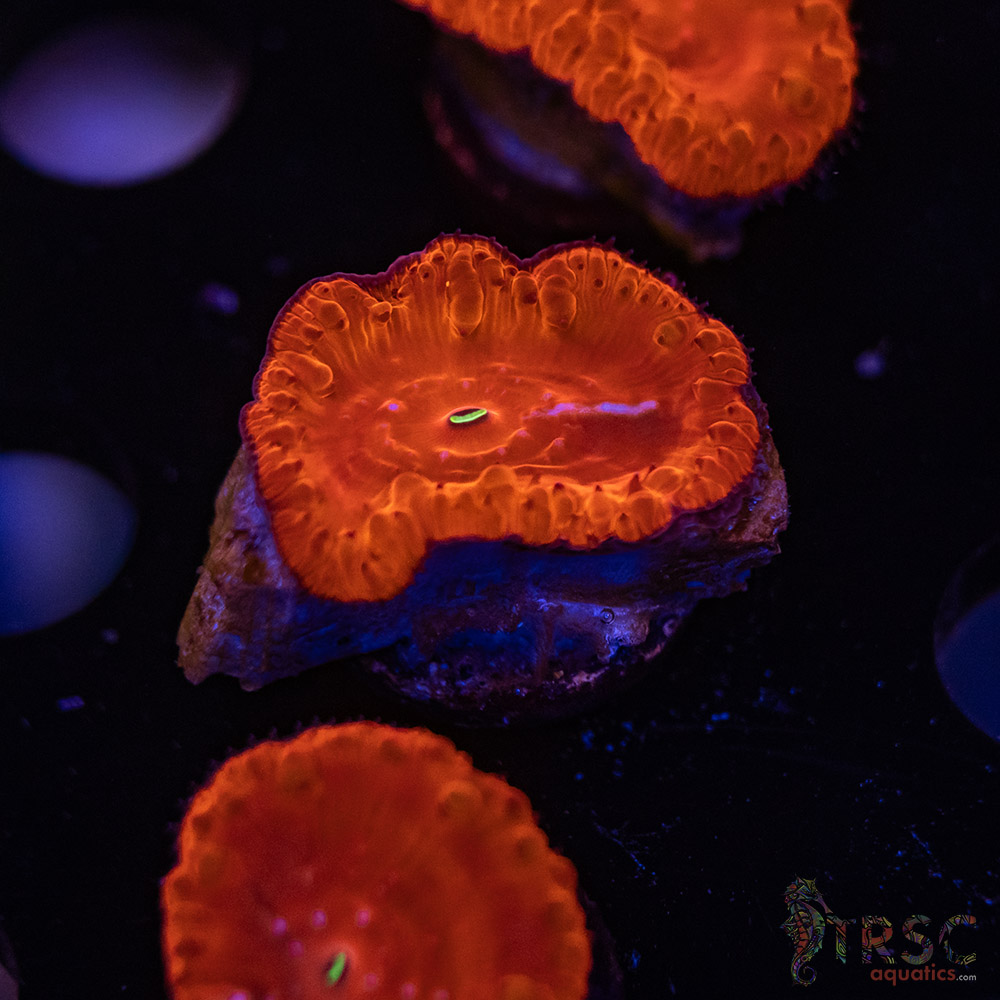
Micromussa Coral Care Guide and Listings
Micromussa spp.
Classification
| Kingdom | Animalia |
| Phylum | Cnidaria |
| Class | Anthozoa |
| Order | Scleractinia |
| Family | Lobophylliidae |
| Genus | Micromussa |
| Species | Multiple, including:
|
“Micromussa” is a genus containing multiple species frequently traded under the old common name “Acan.” The most commonly available is Micromussa lordhowensis.
Micromussa Coral Care Tips
Micromussa Coral FAQs
Does Micromussa need target feeding?
Can Micromussa touch other corals?
Why is my Micromussa receding?
How to Choose a Healthy Micromussa Coral
- Polyp Inflation & Tissue Health:
Select pieces with continuous, unbroken flesh wrapping the entire visible skeleton. Any exposed white skeleton or dark, recessed patches can signal recent tissue loss or underlying issues.
- Healed Cut Edges:
When purchasing a frag, check that the sawed or chipped edges show a light dusting of new skeleton or thin tissue. A healed rim indicates the coral had time to recover before shipping, reducing transit stress.
- Clean Skeleton Base:
Look for a base free of nuisance algae and pests. A clean, off-white skeleton reduces the chance of importing pests and promotes quicker encrustation once the coral is settled.
If you like Micromussa...
Explore All LPS Corals
What is Meta Reef?
Meta Reef isn't a company - just a fellow reefer trying to make it easier to buy and sell coral. Browse local listings or search across 20+ popular stores in one place. Want to sell? Add your own frags and start listing in minutes - totally free.




